Basically, immediately after the launch of the iPhone 14, the Internet began to fill with certain specifications of the successors, i.e. the iPhone 15. Some news just leaked out, others have a greater impact. It also depends on who they come from. The fact that we should expect sensory volume buttons and a side button for the iPhone 15 is nevertheless very likely.
Right in October of last year, renowned analyst Ming-Chi Kuo stated that the volume button and the side button of the iPhone 15 Pro series will no longer be physical buttons. He likened them to a desktop's home button, which doesn't physically depress but provides a haptic response when "pressed". Now this confirms the information with the fact that it also mentions the manufacturer that is supposed to supply Apple with an improved Taptic Engine driver (Cirrus Logic).
It could be interest you
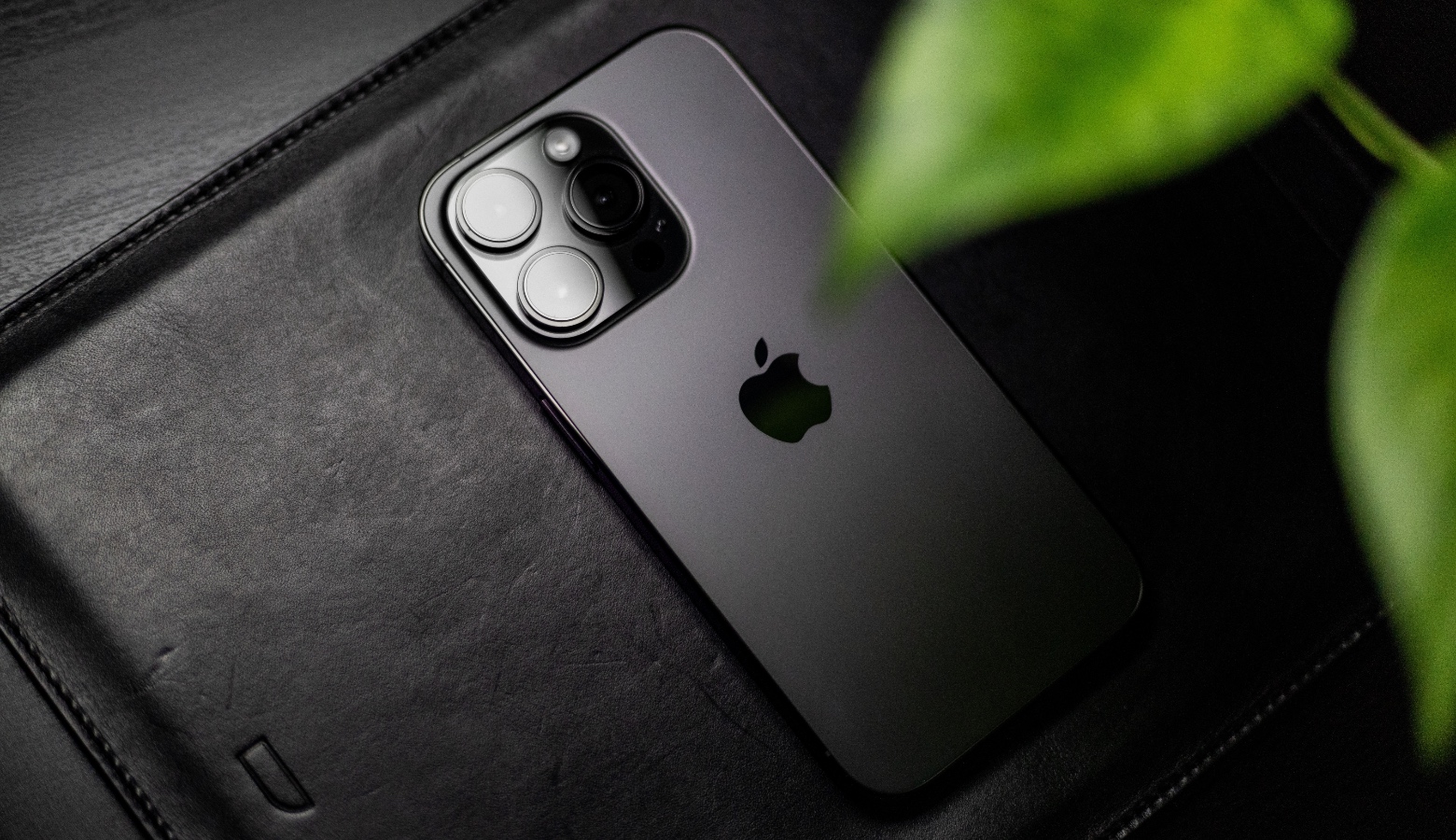
Design concession?
Apple has experience with touch control not only from iPhones with a desktop button, but also from AirPods. Probably precisely because they liked it, they will try to expand it further. On the one hand, it is quite ambitious and, considering the innovations for which the company is criticized, a positive step, but of course it also has a dark side.
The reason for deploying the sensor buttons is probably also due to the fact that the iPhone 15 Pro is to have a changed design, which will be rounded on the sides. On them, the physical buttons might not be able to be pressed very well, because they could be more recessed on one side. Of course, it doesn't matter for sensory ones, and it doesn't spoil the design of the device in any way, which will be even more uniform.
It could be interest you

Possible problems
If we look at the whole solution critically, not much positive comes out of it. One is certainly in the form of a cleaner design, the second may mean a further increase in the phone's resistance and the third a theoretical increase in battery capacity. But the negatives prevail, that is, if Apple cannot somehow debug them.
It is primarily about pressing "buttons" without visual control. If they are only indicated where they are, they will be very difficult to control. Furthermore, there can be problems with dirty hands, whether wet or otherwise. Even in this case, the buttons may not react as perfectly as when you wear gloves.
Last but not least, several functions are connected to the side button, such as Apple Pay or activation of Siri or emergency contacts (and, after all, turning on the iPhone itself). This can lead to inaccuracies and thereby reduce the user experience. Everyone who suffers from insufficient sensitivity in the fingers, hand tremors or simply older users can use it.
It could be interest you

It will certainly be a challenge for all creators of covers and other accessories. Covers and cases often have outputs for these buttons, so you control them through them. This probably won't be possible with the touch buttons, and if the cutout is too small for them, it will be very unpleasant for the user. But we will know for sure how it will turn out in September.
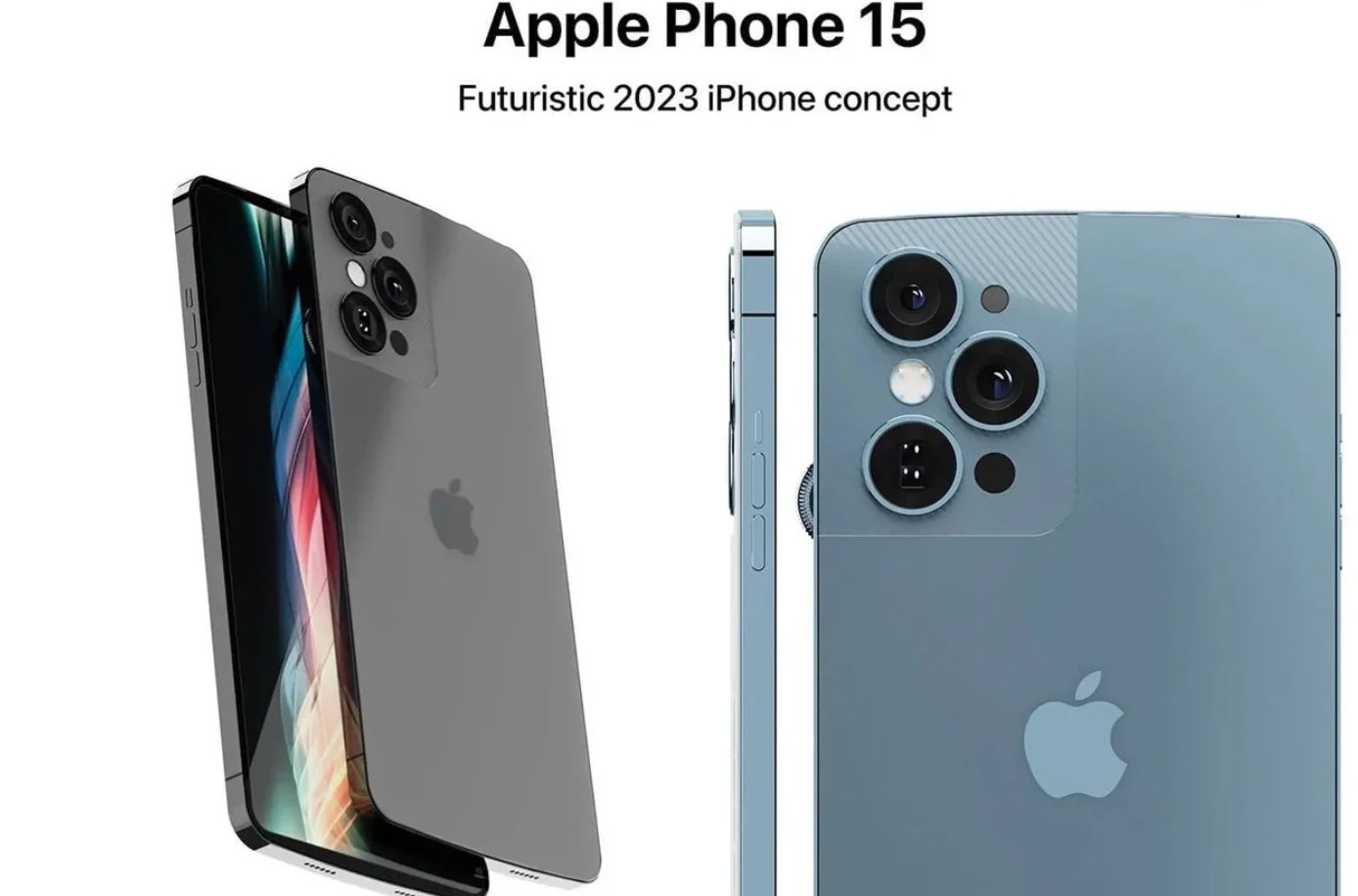

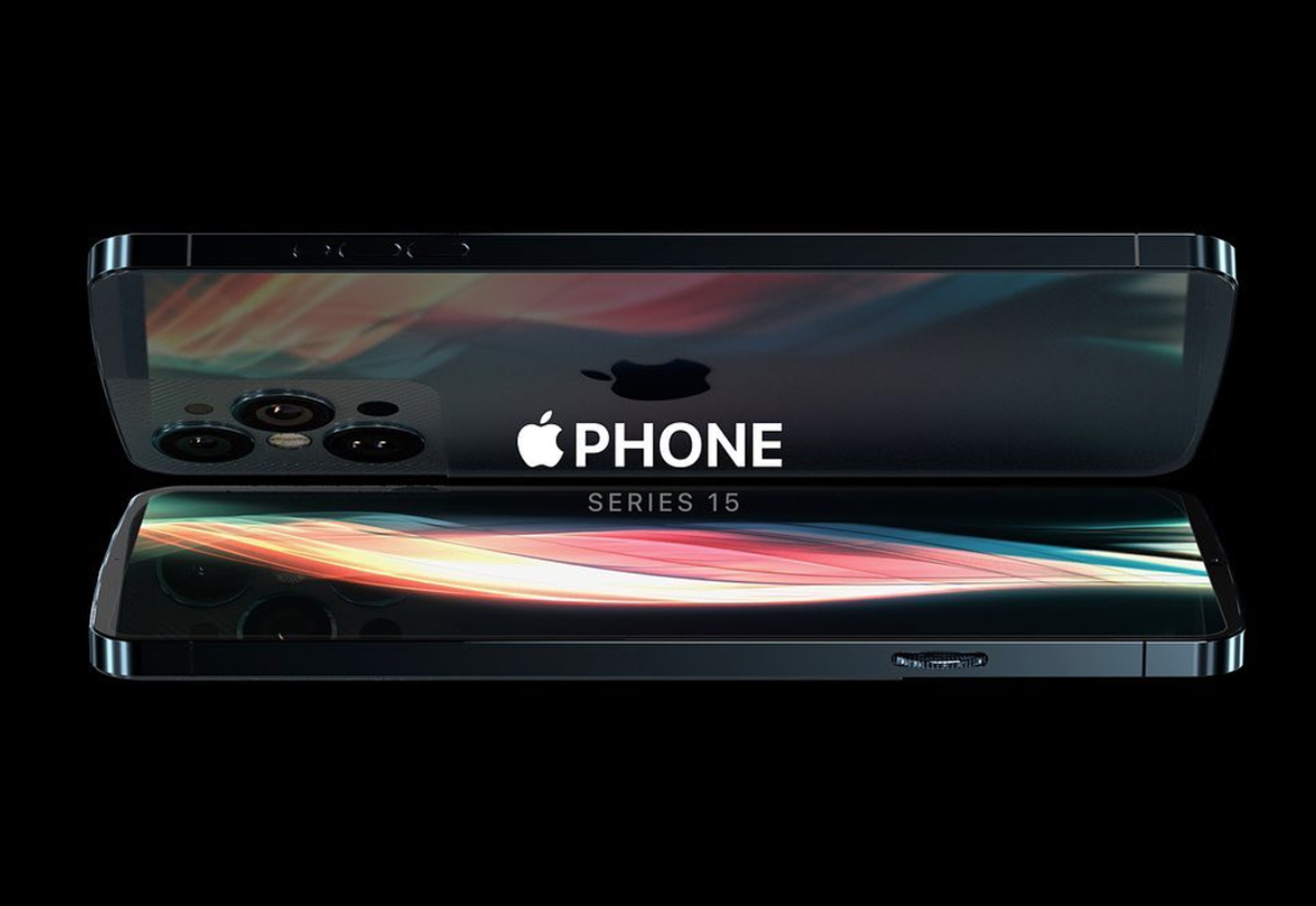
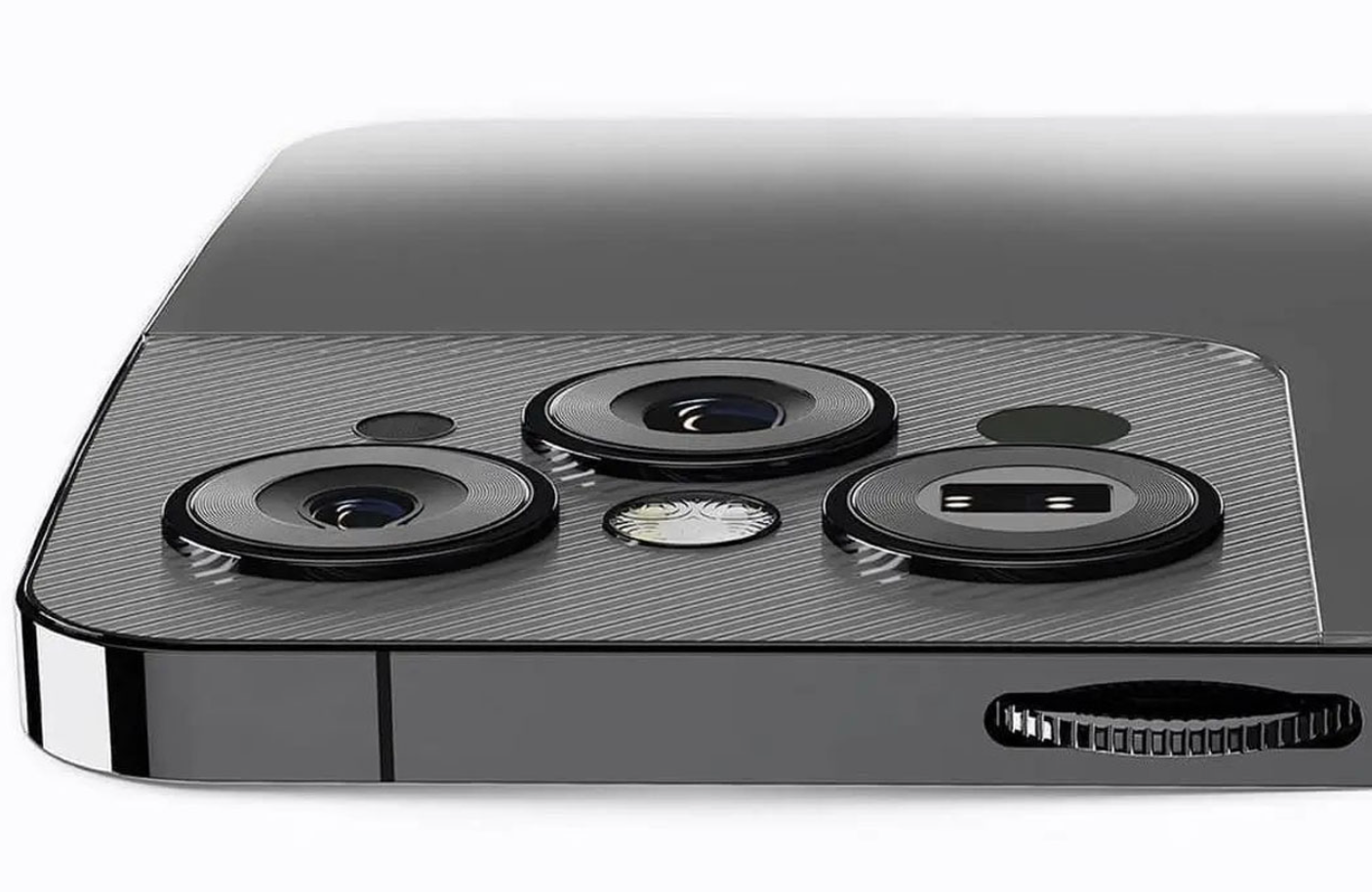
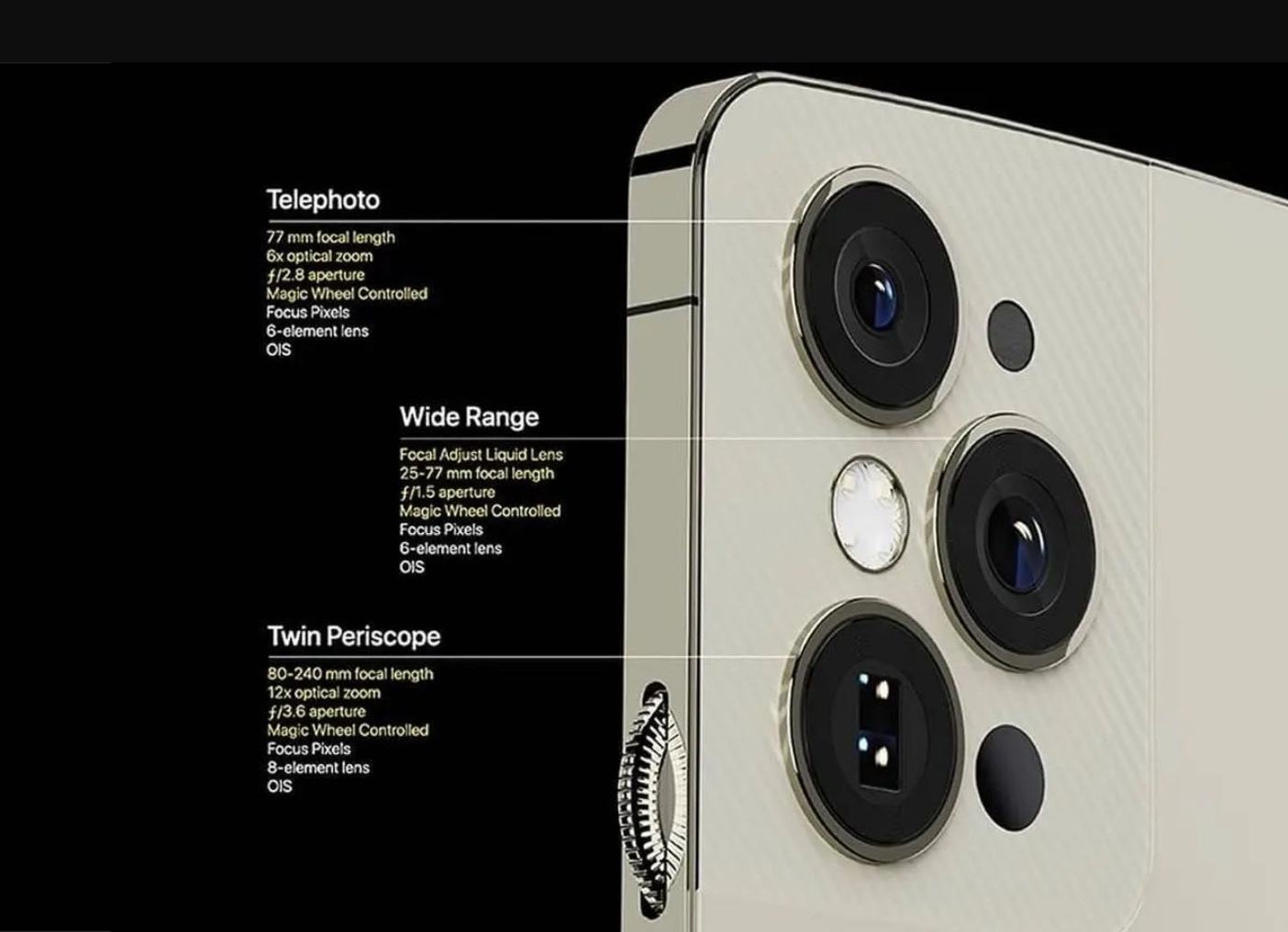
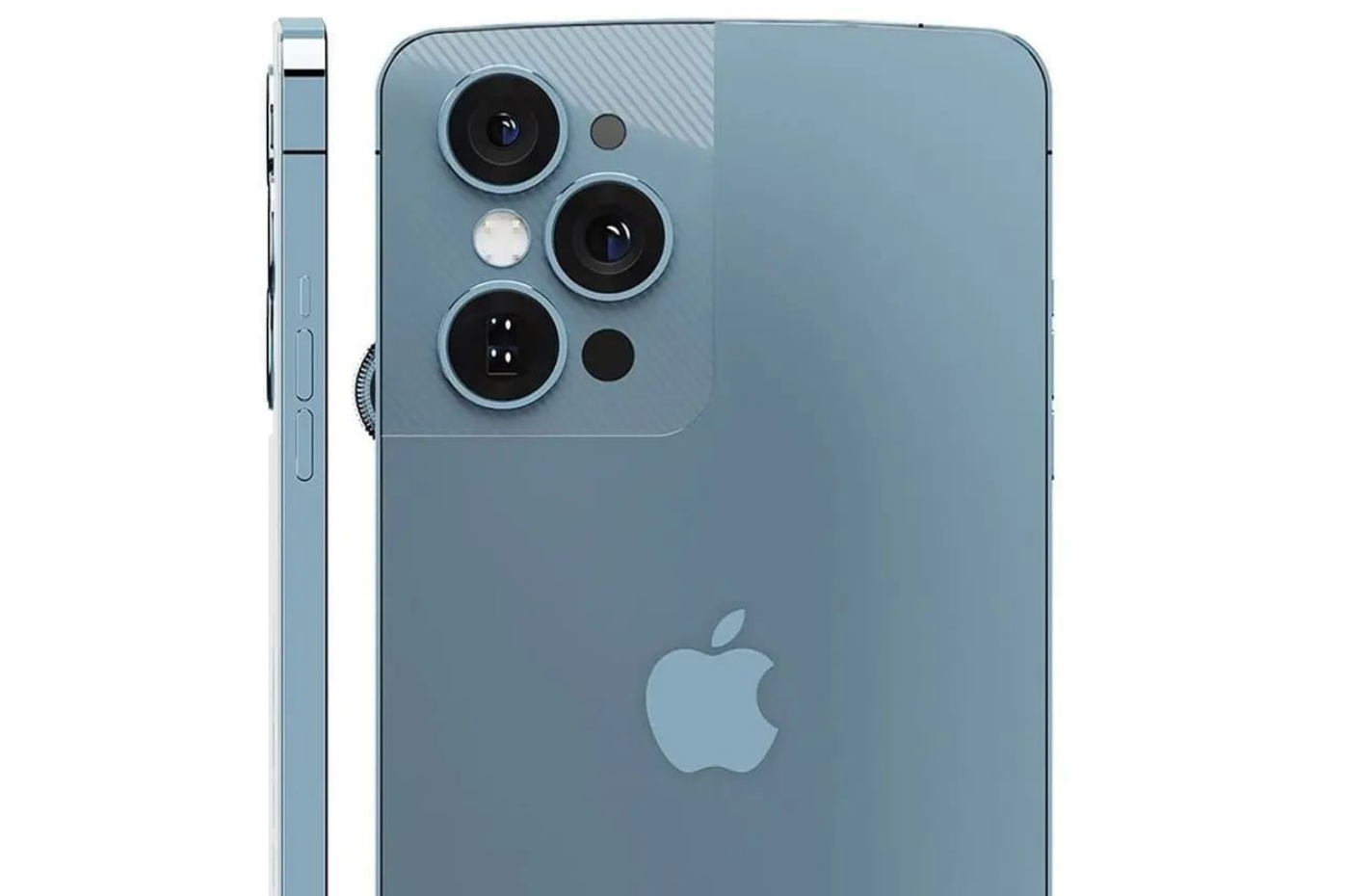
 Adam Kos
Adam Kos 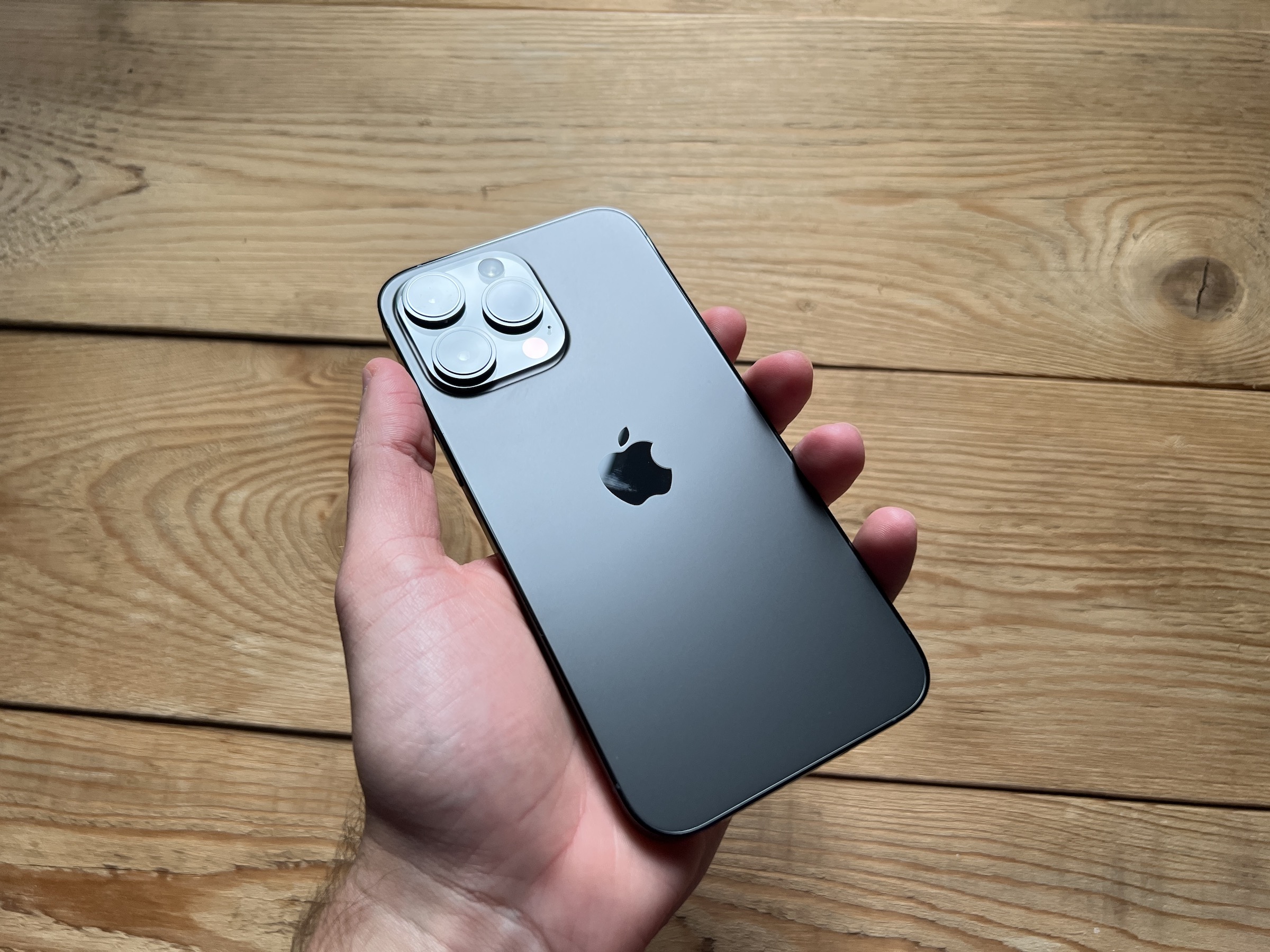

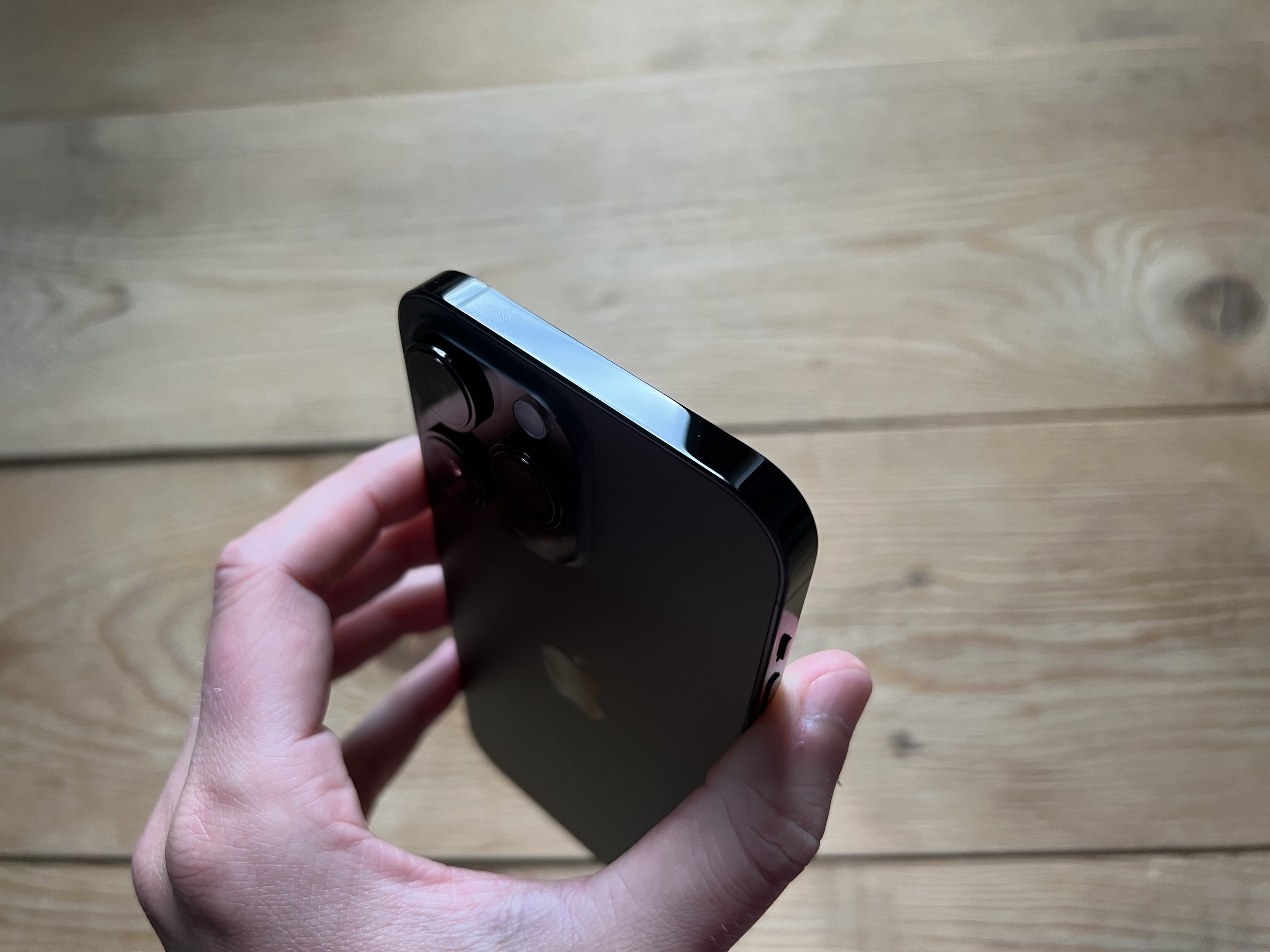
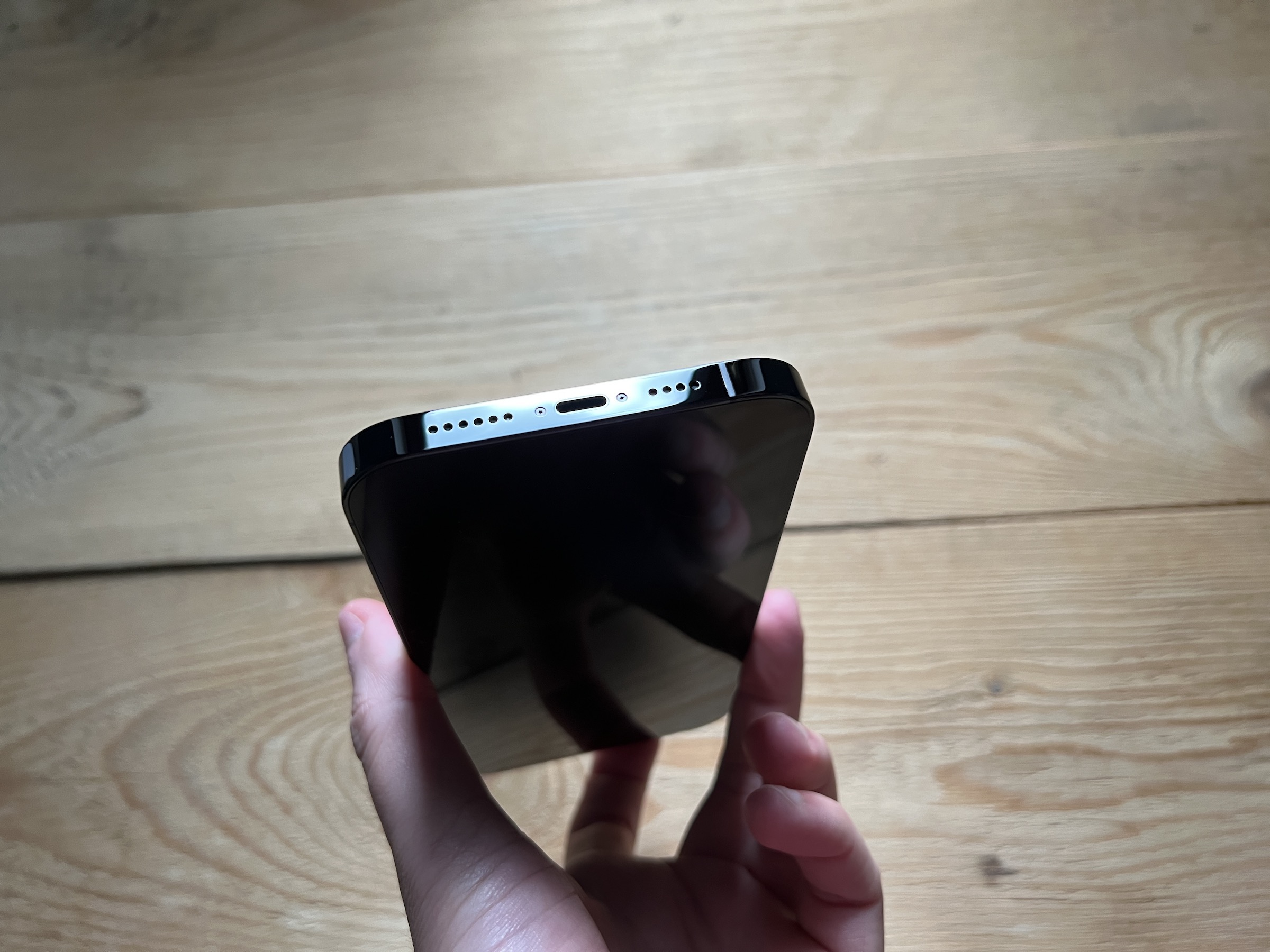
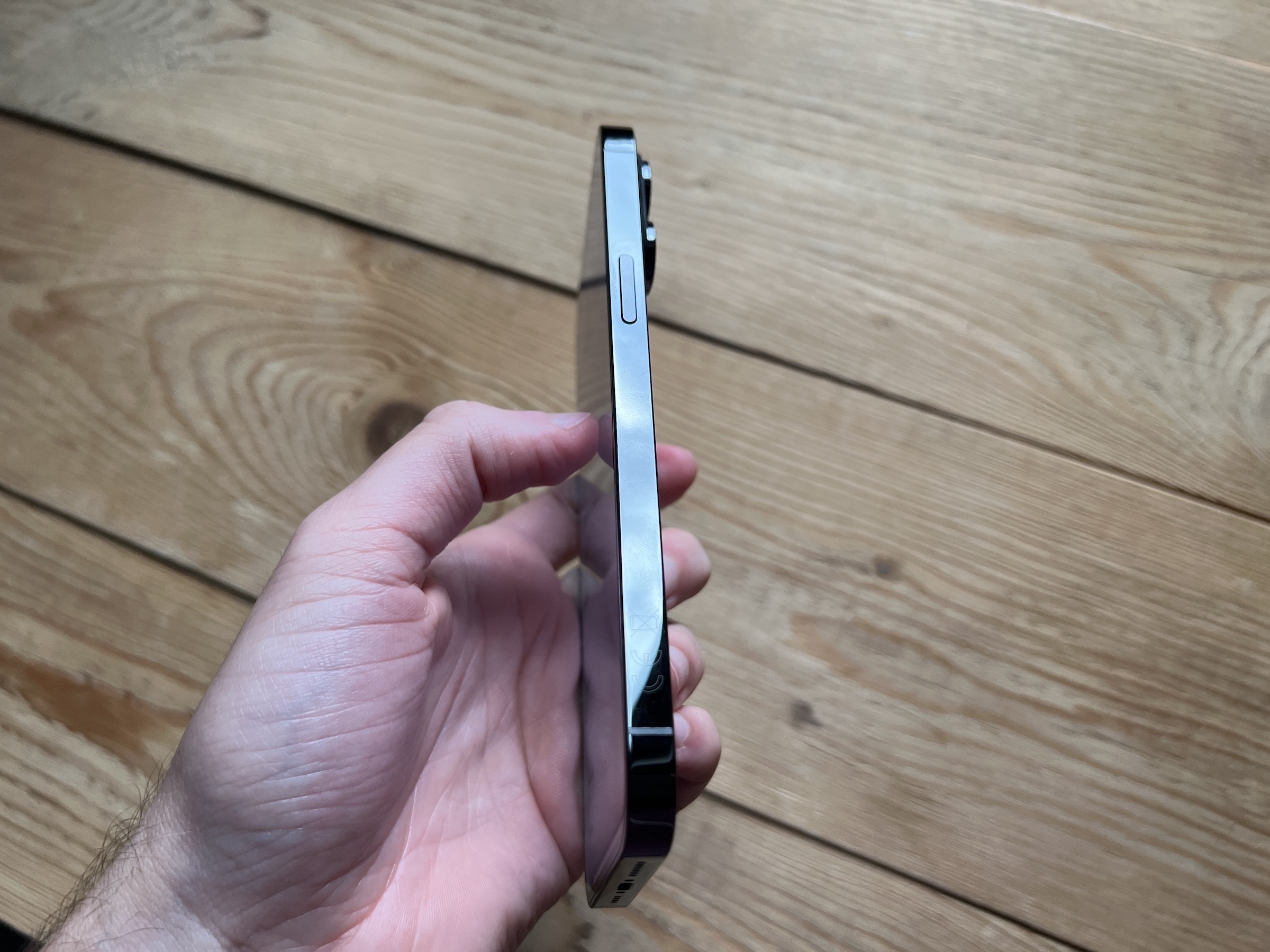
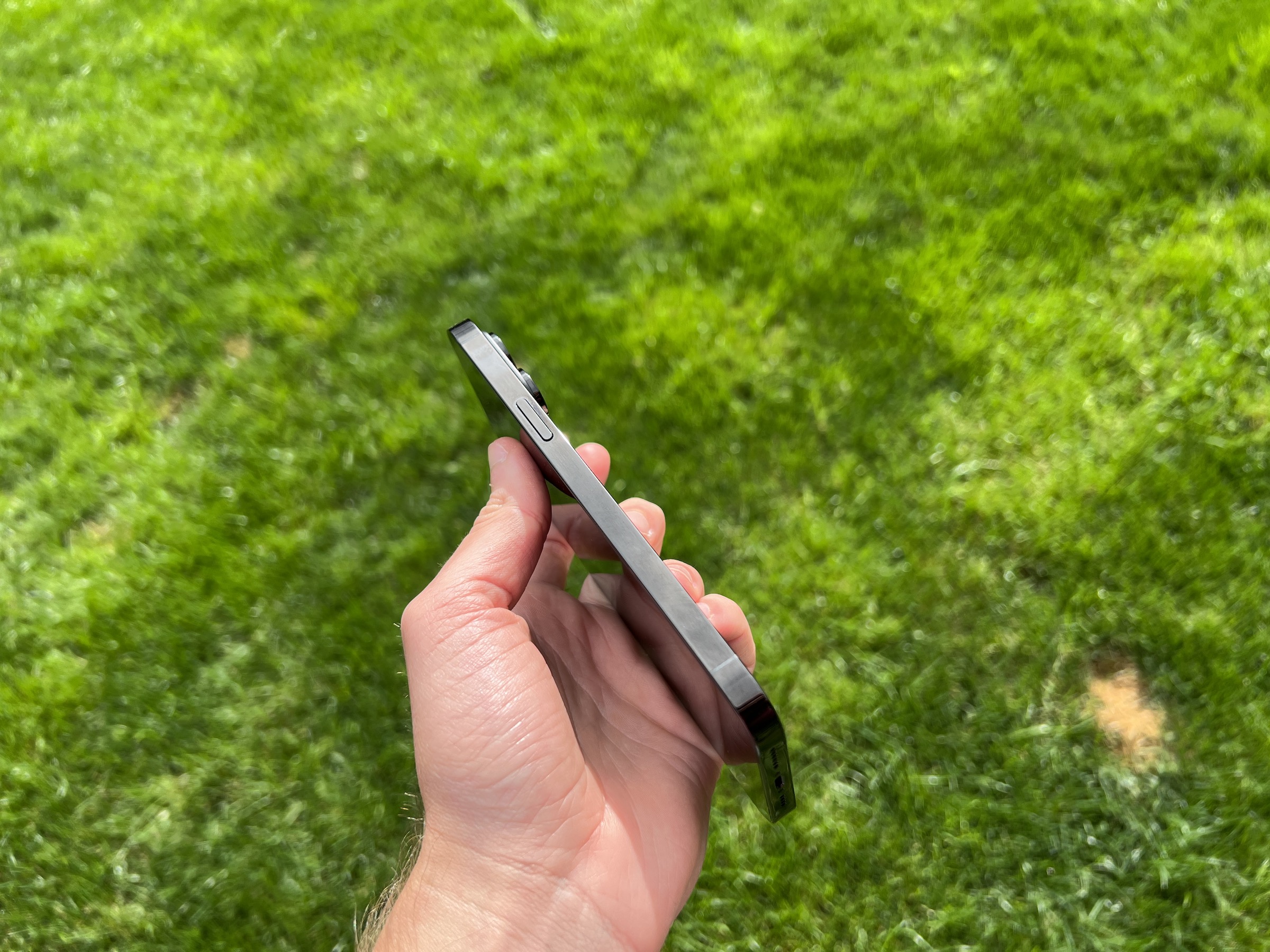
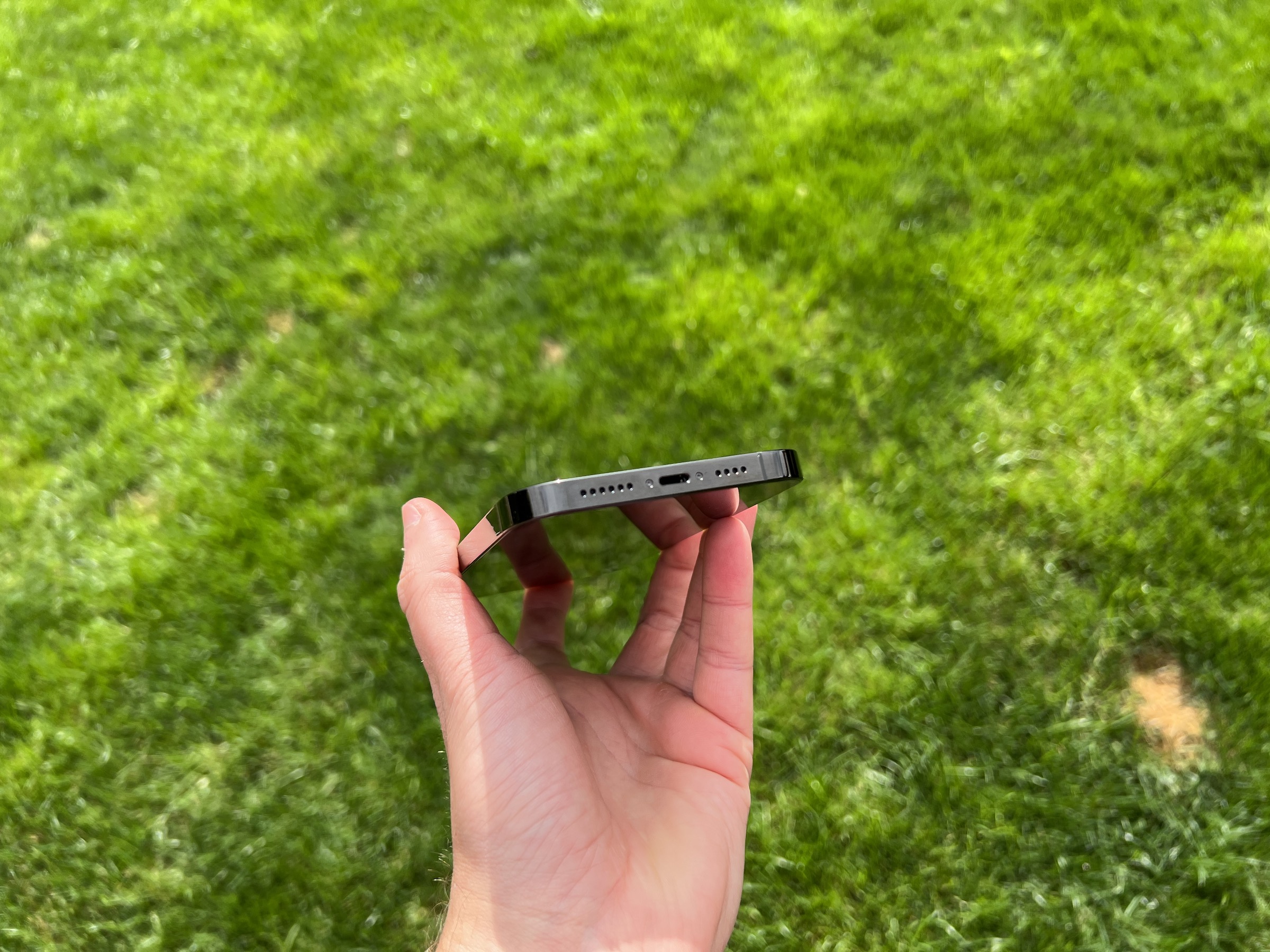
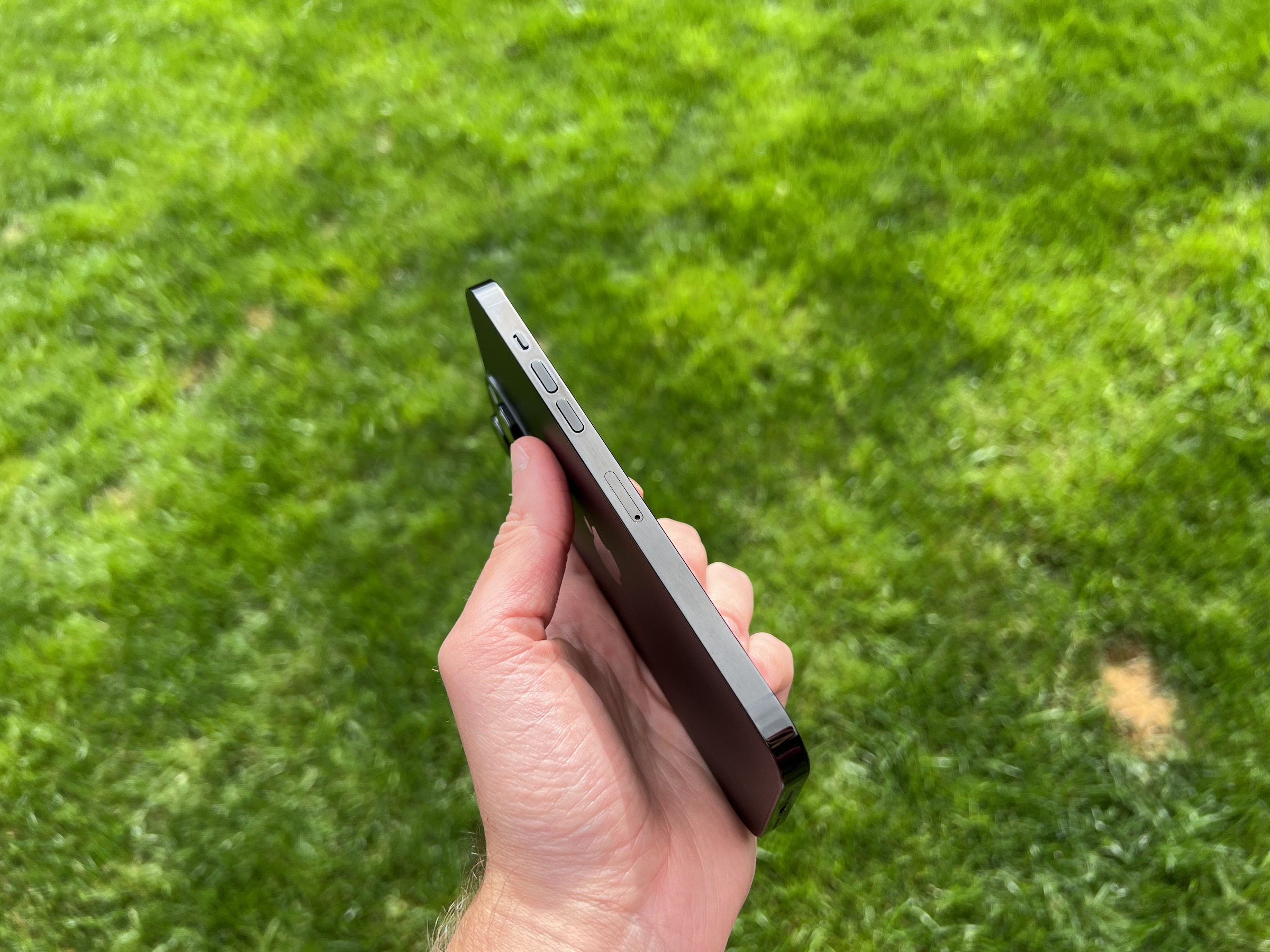
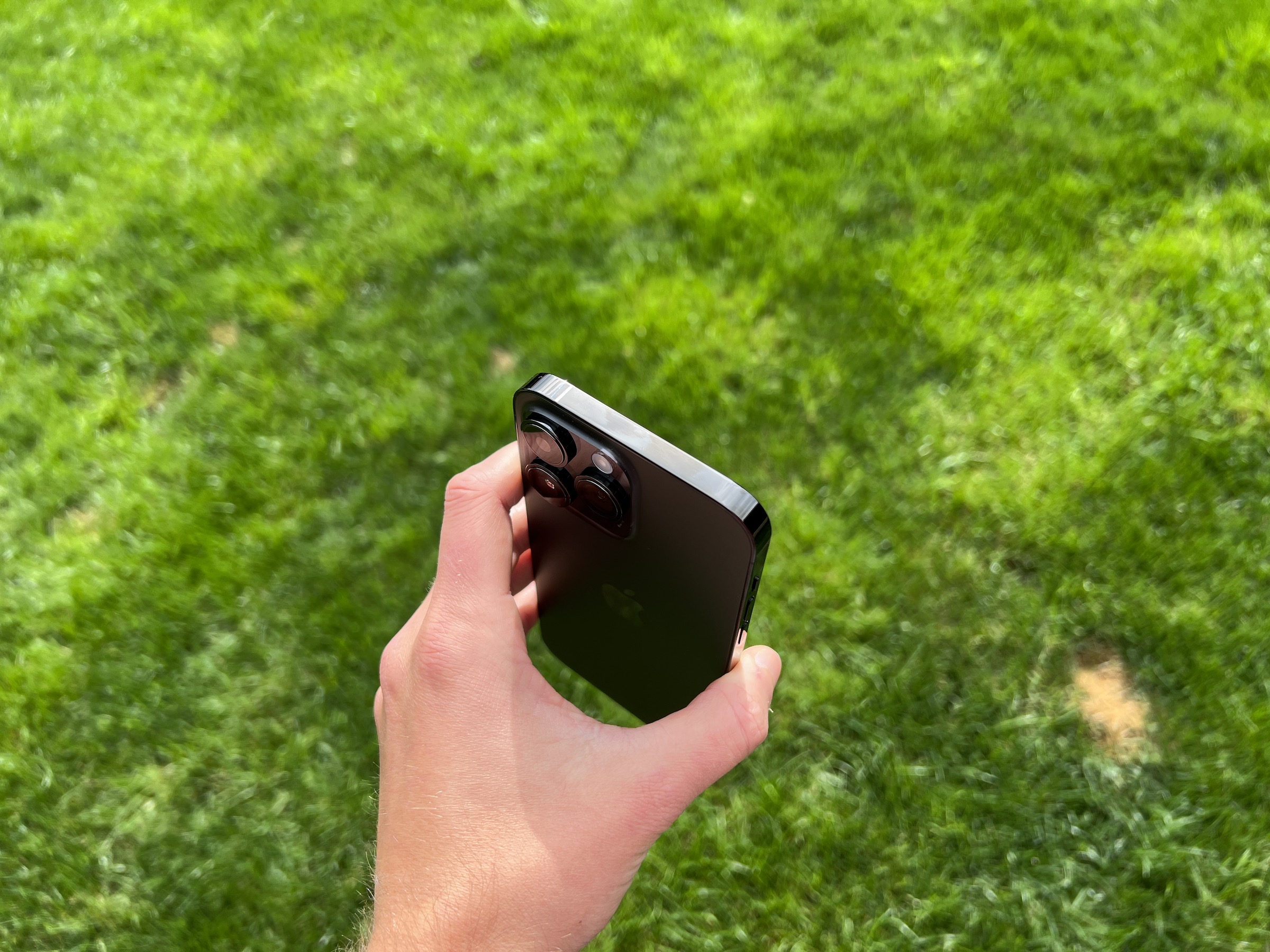

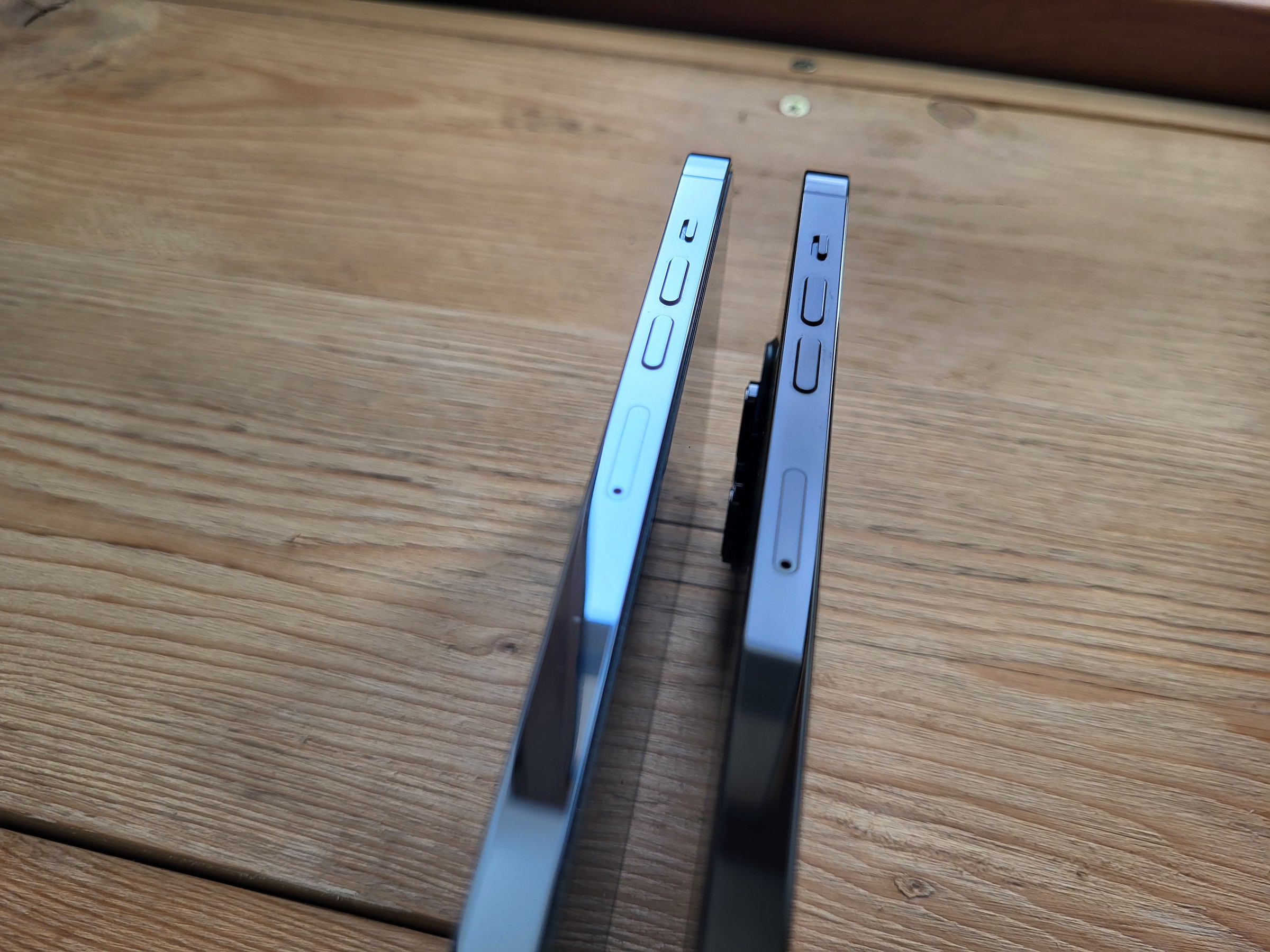
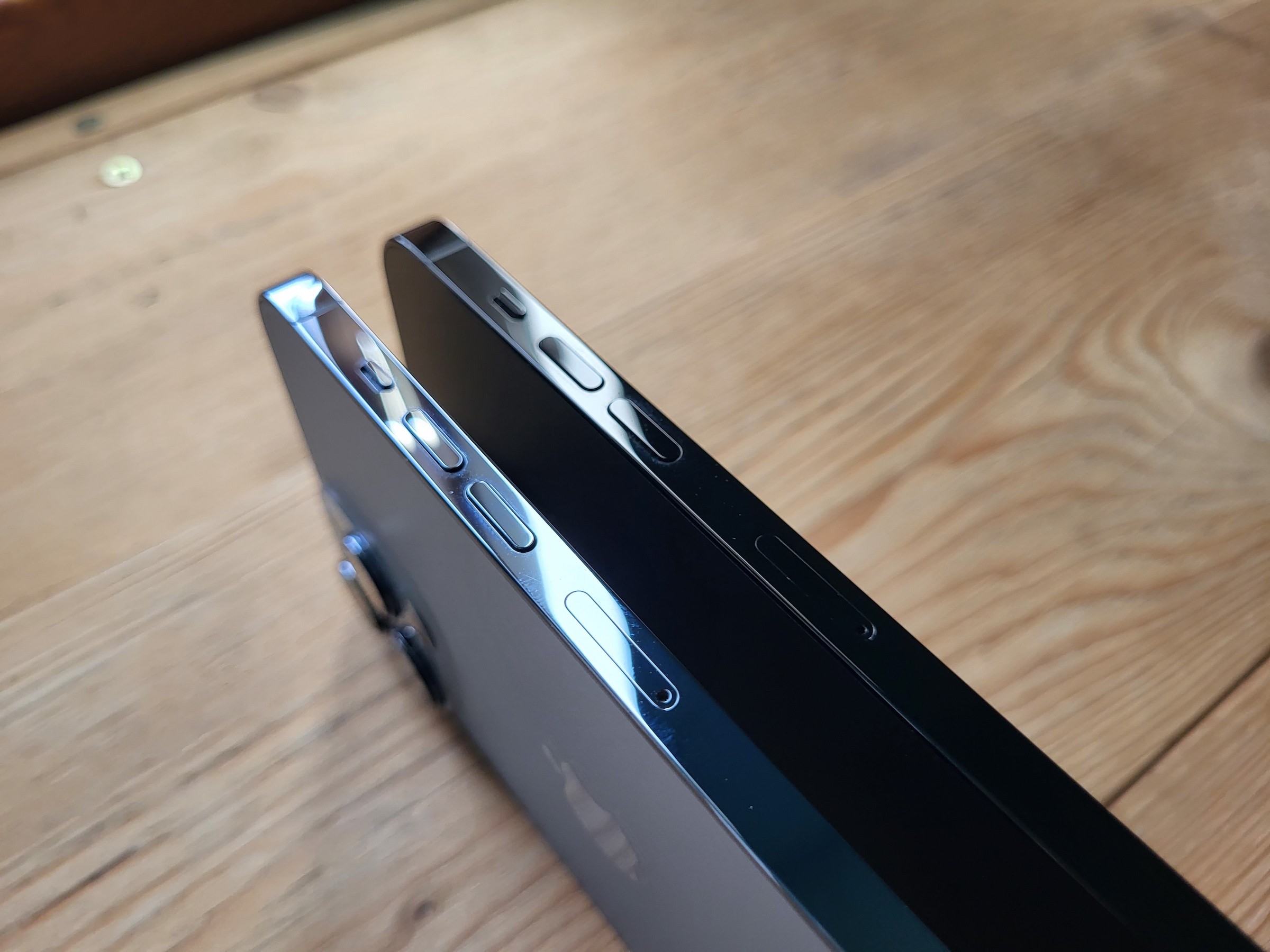
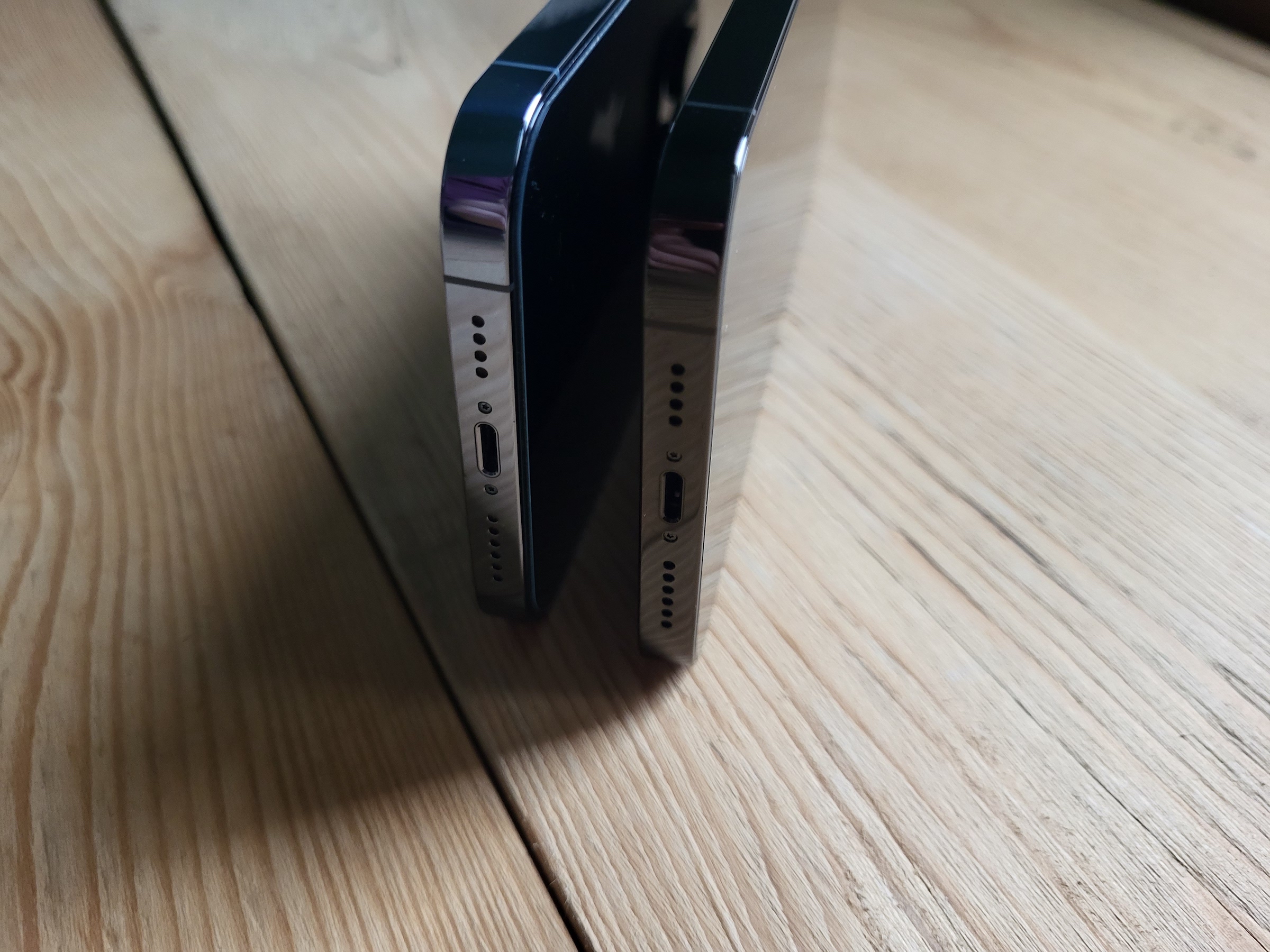


And it doesn't really matter? On the ip 13 the volume control during a call still doesn't work, so what about the buttons... no SW to remove it is in sight, so maybe apple could save a lot of money if they didn't put them at all...
And it's also quite stupid for the blind, because we have no choice but to find the buttons with our fingers and then press them. All touch elements are obnoxious, whether they have haptic feedback or not. Very easily, for example, I accidentally press a button twice instead of once, or press a different button than I intended. Which, for example, can be quite annoying with a camera when I accidentally start recording a video or taking a photo sequence, even though I had no intention of doing so. It's quite sad for Apple, which otherwise does a great job in the field of accessibility.